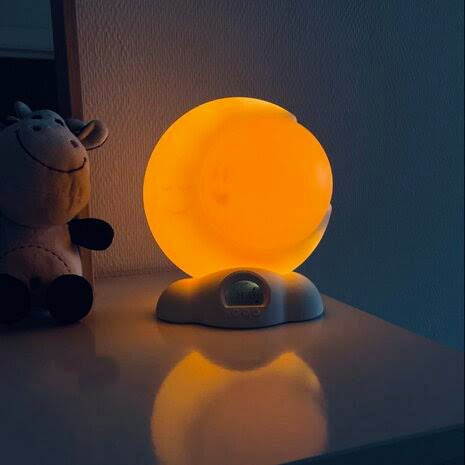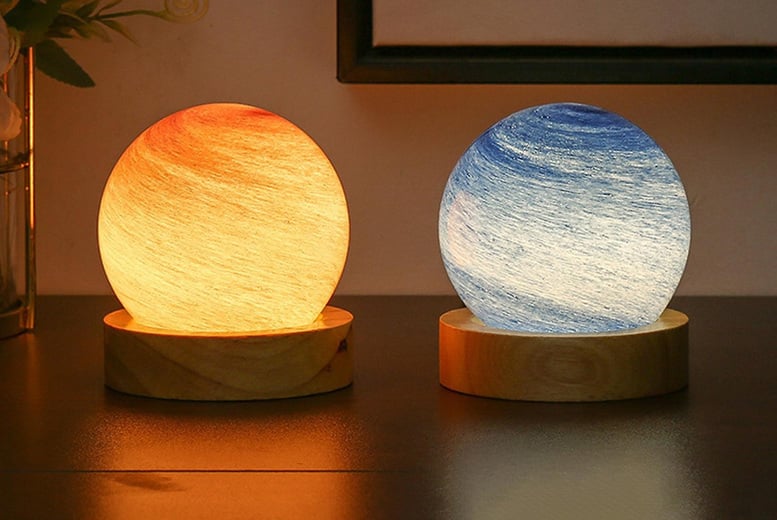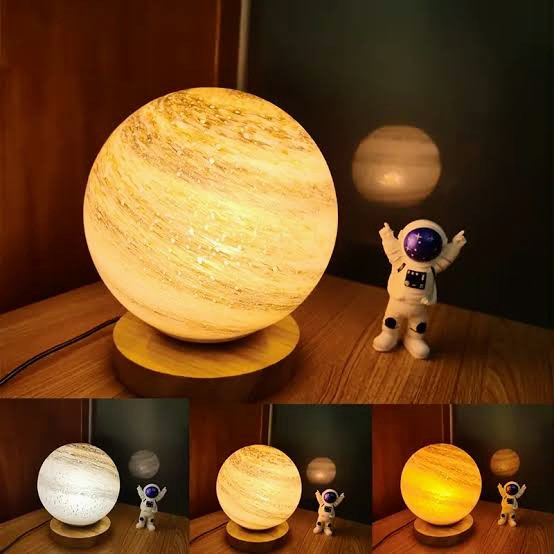
Shedding Light on Sleep Woes: The Battle Against Bright Indicator Lights

In today’s modern households, a plethora of electronic devices come equipped with indicator lights, much to the dismay of many sleep-deprived individuals.
For millennia, the onset of darkness signaled to humans that it was time to rest. However, the ubiquity of artificial lights, particularly the bright indicator lights found in various household electronics, disrupts this natural sleep cycle ingrained in human biology.
From surge protectors to laptops, these devices emit a pesky glow that remains illuminated even when not in use, making it challenging for individuals to achieve restful sleep.
Neuroscientist Steven Lockley, from Harvard Medical School’s Division of Sleep Medicine, underscores the unnaturalness of nighttime light exposure, which conflicts with our evolutionary sleep patterns.
The prevalence of these disruptive lights has only increased over time, with many becoming brighter than ever before. While some manufacturers defend the7ir inclusion for practical reasons, the consensus among sleep-deprived individuals is unanimous: these intrusive lights must go, especially at bedtime.
Finding Solutions Amidst the Glow

Kyle Moschen, a 27-year-old residing in Seattle, found himself surrounded by a constellation of bright lights in his studio apartment, ranging from the oven to the wireless phone charger. His solution? A roll of electrical tape to cover each offending light, creating a semblance of darkness conducive to sleep.
Similarly, Jonathan King, a finance professional in New York, devised his own workaround by using clothing to shield the indicator lights on his Logitech headphones, underscoring the lengths to which individuals will go to combat this modern annoyance.
The Functionality and Aesthetic Appeal of Indicator Lights

At their core, indicator lights serve to convey the status of a device, whether it’s charging, powered on, or in use. LED lights, particularly blue LEDs, have become the standard due to their energy efficiency and longevity.
The introduction of blue LED lights in the 1990s revolutionized the tech industry, offering a sleek, modern aesthetic to consumer electronics. Despite their disruptive effect on sleep, these lights often serve a dual purpose, enhancing both functionality and design.
David Loftus, president of the Electronic Components Industry Association, explains that while some manufacturers opt to omit indicator lights to reduce costs, others view them as essential for enhancing user experience and safety features.
Manny Linhares Jr., senior director of product management at Legrand, emphasizes the intentional use of indicator lights to improve user experience, noting their role as subtle night lights in unfamiliar environments.
In conclusion, while indicator lights may offer practical benefits and enhance the aesthetics of electronic devices, their disruptive effect on sleep underscores the need for thoughtful design considerations to mitigate their impact on users’ well-being.


This is an amazing write up, the light indicator is helpful to people who can’t sleep without light on and harmful to those who can sleep in darkness.
Nice one